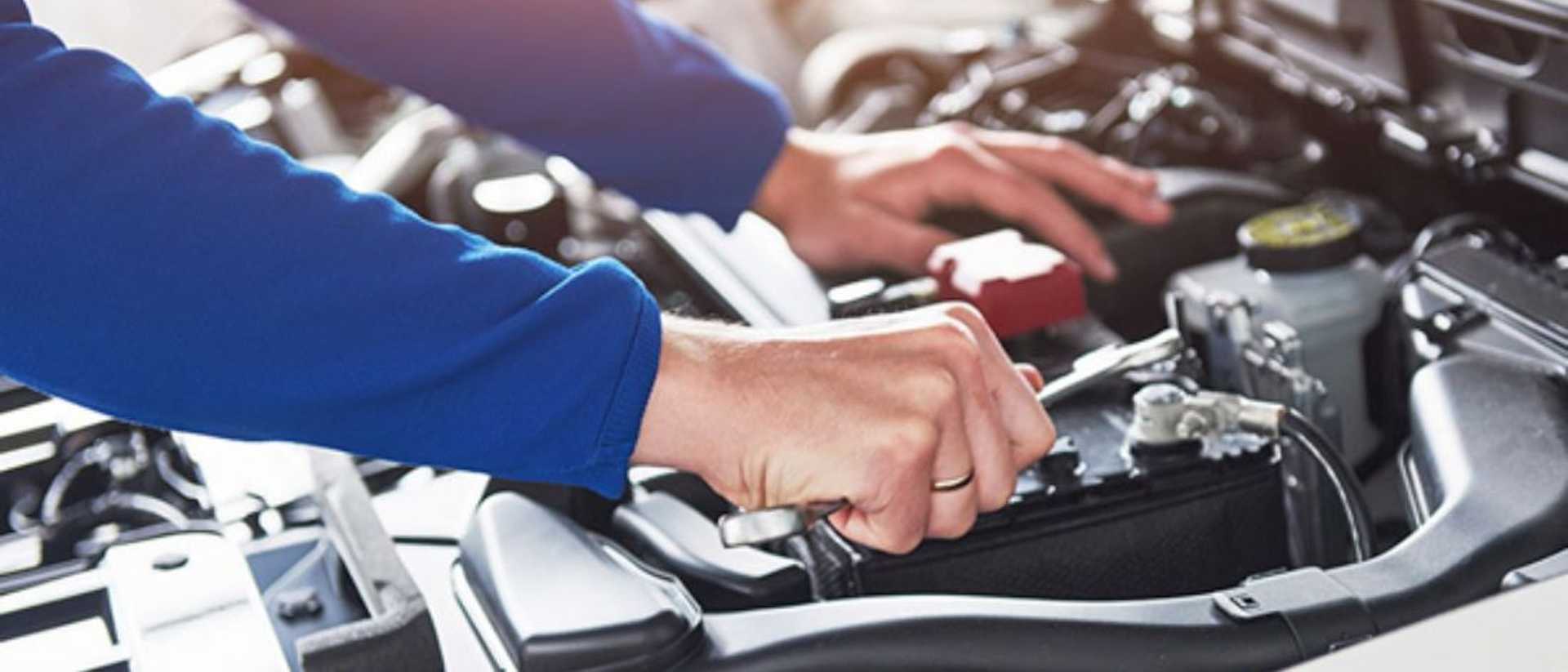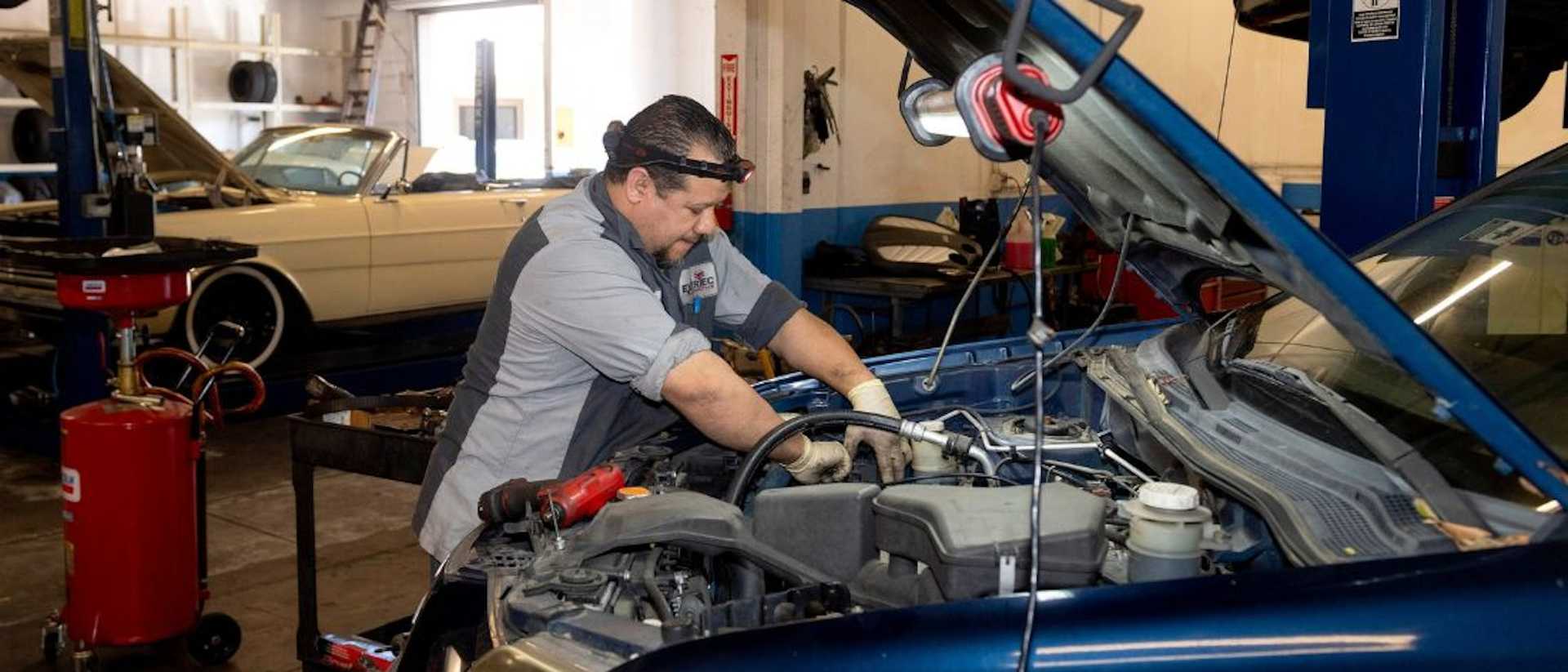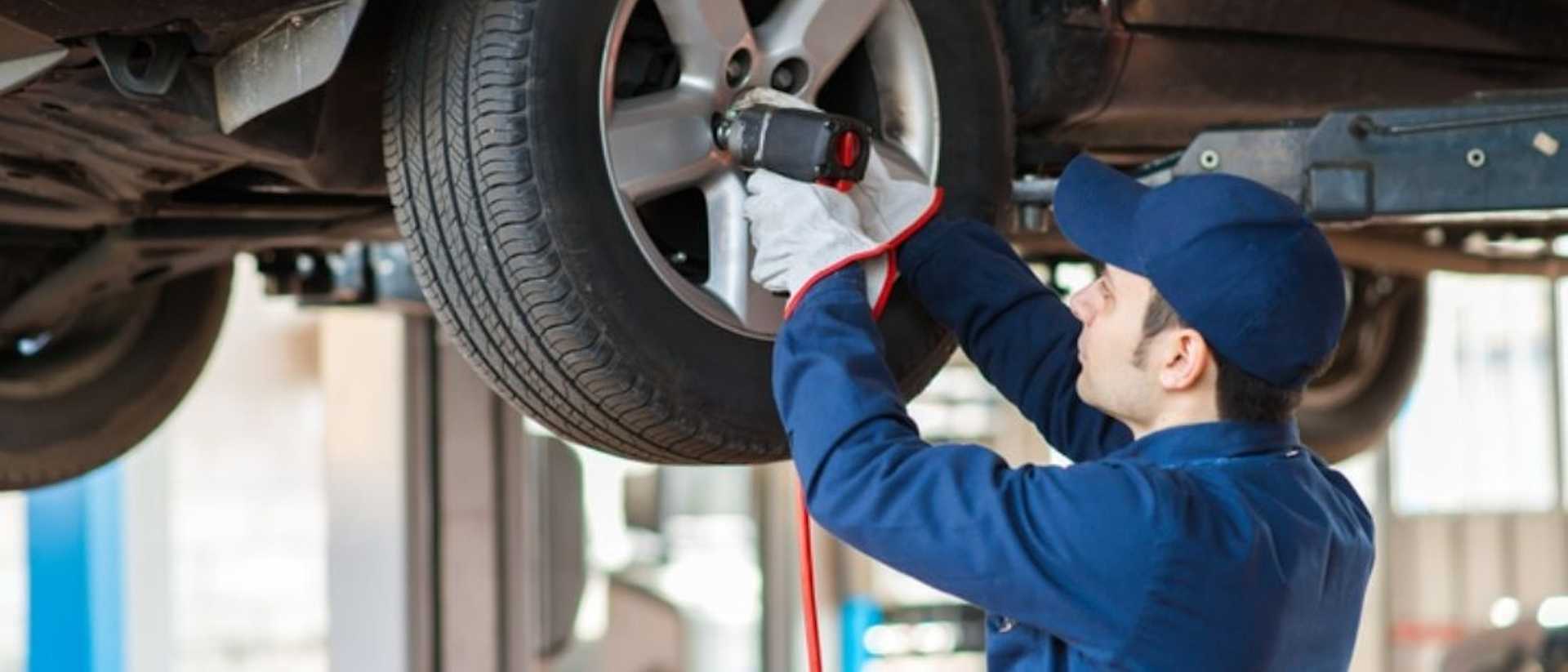Electric vs. Petrol Cars: Which is the Better Choice
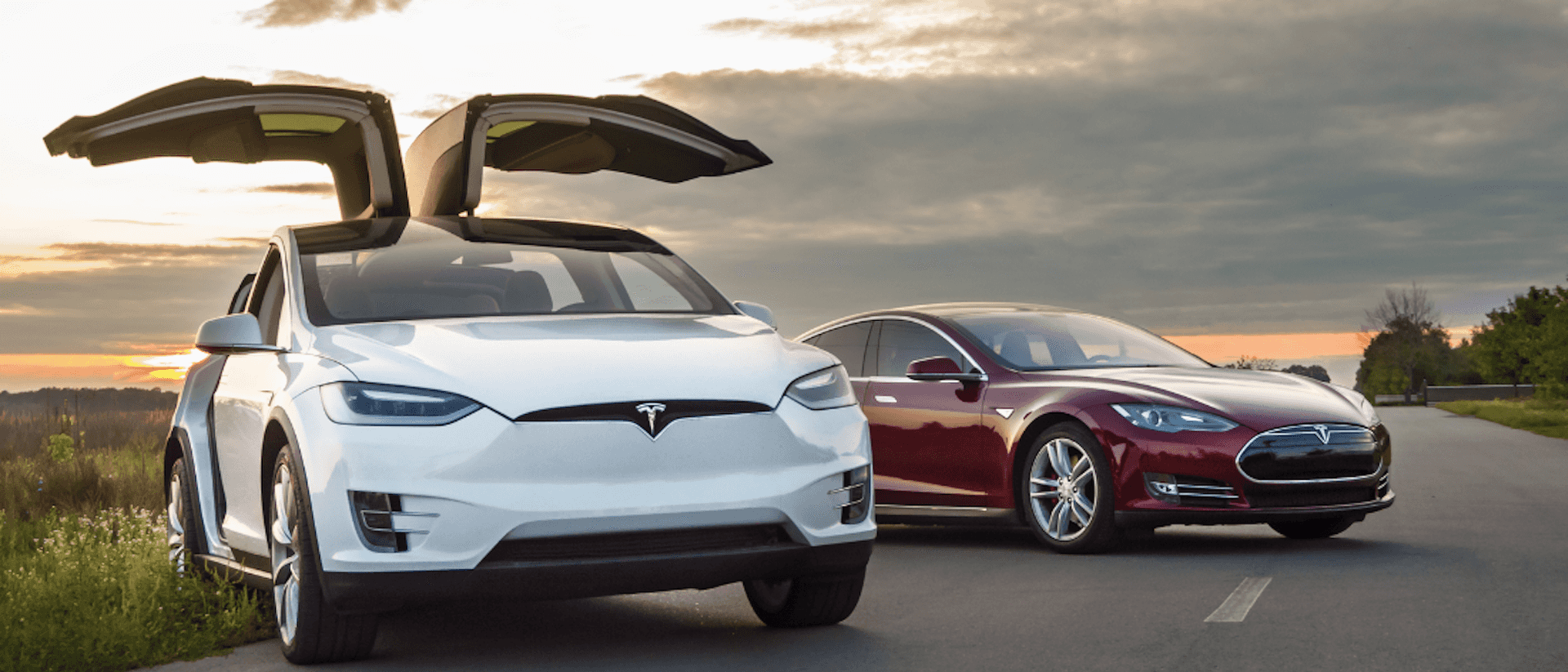
The debate between electric and petrol cars has become hot as the world becomes more environmentally conscious. Both types of cars have advantages and disadvantages, and choosing between them can be challenging for consumers. Electric cars are powered by batteries and emit zero emissions, while petrol cars use gasoline and produce emissions that contribute to air pollution. This blog post will explore the differences between electric and petrol cars to determine the better choice.
In this blog post, we will compare electric and petrol cars based on three main factors: cost, environmental impact, and performance. We will look at each type of car's purchase, maintenance, and fuel costs. We will also compare the carbon emissions from petrol and electric cars and look at the environmental impact of both. Finally, we will examine the performance and driving experience of both types of cars to determine which is better. By the end of this blog post, you will better understand which type of car is better for you.
Cost Comparison

The cost of a vehicle is a significant factor to consider when deciding between electric and petrol cars. In this section, we will compare the purchase, maintenance, and fuel costs of both types of vehicles to determine which is the better choice. We will examine the factors that influence the cost of each type of car and provide insights to help you make an informed decision.
Purchase Cost
One of the main differences between electric and petrol cars is the purchase cost. Electric cars are generally more expensive to buy than petrol cars, primarily due to the cost of the battery. However, the price of electric cars has been falling in recent years, and as production increases, the price is expected to drop even further. In contrast, petrol cars are typically less expensive than electric cars, but this can vary depending on the make and model.
Maintenance Cost
Maintenance costs are another significant factor when comparing electric and petrol cars. Electric cars have fewer moving parts than petrol cars, requiring less maintenance. Electric cars do not need oil changes. For example, their brakes last longer due to regenerative braking. However, electric car batteries need to be replaced eventually, which can be a significant expense. In contrast, petrol cars require more maintenance due to their complex engine systems, and their fuel systems need regular maintenance to ensure they are functioning correctly.
Fuel Cost
Fuel cost is another significant factor when comparing electric and petrol cars. Electric cars are cheaper to run than petrol cars as they use electricity instead of gasoline. The cost of electricity is generally lower than the cost of gasoline, and electric cars are more efficient at converting energy into motion. In contrast, petrol cars are more expensive to run due to the high cost of gasoline, which varies depending on the region. Additionally, petrol cars are less efficient at converting energy into motion than electric cars, requiring more fuel to travel the same distance.
The cost comparison between electric and petrol cars is complex and depends on various factors such as the car's make and model, fuel, electricity prices, and maintenance costs. Generally, electric cars are more expensive to purchase but have lower maintenance costs and are cheaper to run due to their electricity use. In contrast, petrol cars are less expensive to buy but require more maintenance and are more costly to run due to the cost of gasoline. It is essential to consider these factors carefully when choosing between electric and petrol cars to make an informed decision.
Environmental Impact
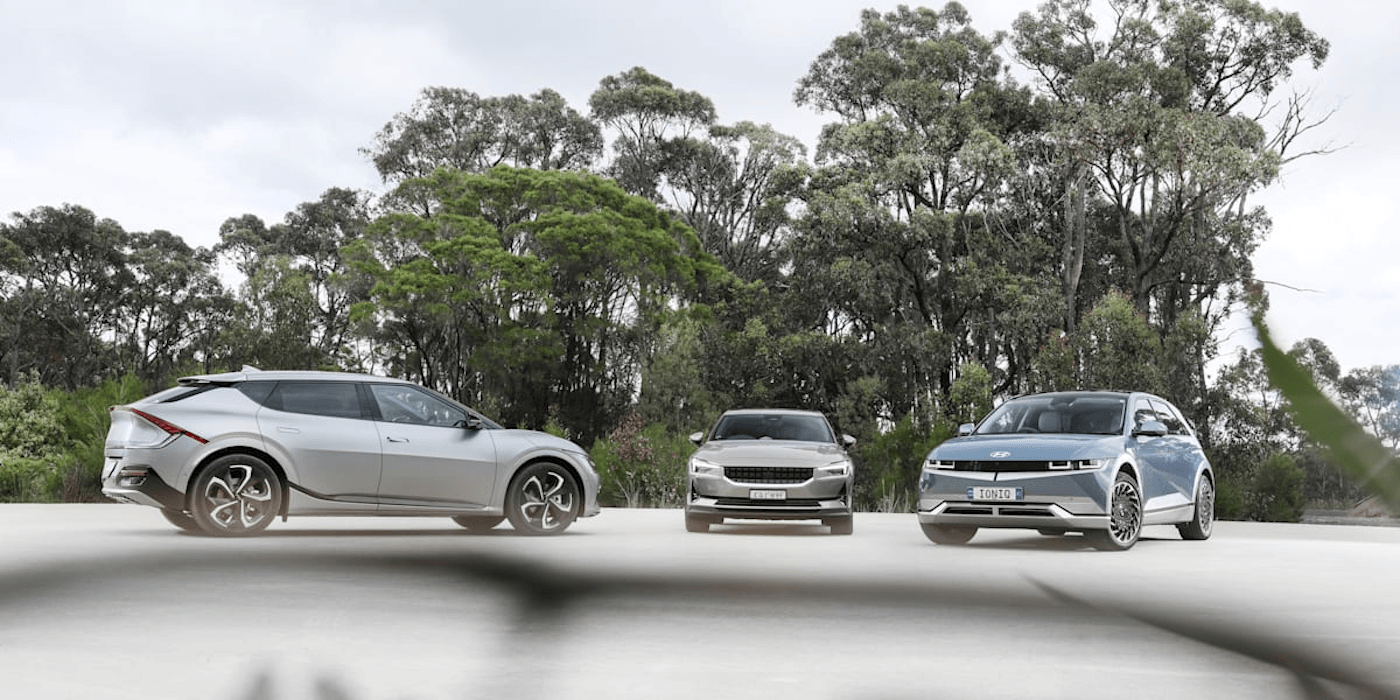
Petrol cars are one of Australia's leading sources of greenhouse gas emissions. According to the Department of Industry, Science, Energy, and Resources, road transport accounts for around 18% of Australia's greenhouse gas emissions, most of which come from petrol and diesel vehicles. Petrol cars emit carbon dioxide, nitrogen oxides, and other pollutants, contributing to air pollution and climate change.
When comparing the environmental impact of electric and petrol cars in Australia, it is essential to consider the energy mix of the electricity grid. In Australia, the high proportion of renewable energy in the grid means that electric cars produce lower emissions than petrol cars. A study by the University of Queensland found that electric cars have 60% fewer emissions than petrol cars in Australia, even when accounting for battery production and disposal.
Additionally, the Australian government has introduced policies to incentivise the adoption of electric cars and reduce emissions. For example, the Australian Renewable Energy Agency provides funding for electric vehicle charging infrastructure, and the government offers rebates and tax incentives for electric vehicle purchases. The Australian government's support for electric vehicle adoption and the increasing share of renewable energy in the grid means that electric cars will continue to have a lower environmental impact than petrol cars in the future.
Performance and Driving Experience

Performance and driving experience are essential when choosing electric and petrol cars. Both vehicles have unique characteristics, and weighing the pros and cons of each is crucial to make an informed decision. By understanding these factors below, you can determine which type of car is best suited for your needs and preferences.
Acceleration and speed
Electric cars have instant torque, which can accelerate quickly from a stop. In contrast, petrol cars are delayed between pressing the accelerator and the engine producing power. Electric cars can also reach their top speed quickly due to their smooth and continuous power delivery. On the other hand, petrol cars may take longer to reach their top speed due to the gears shifting.
Noise levels
Electric cars are generally quieter than petrol cars due to the absence of an internal combustion engine. Electric cars produce a humming sound, but it is significantly quieter than the engine noise of petrol cars. This creates a more peaceful and pleasant driving experience, especially on long journeys.
Other factors that affect the driving experience
Several other factors can affect the driving experience of electric and petrol cars. For example, electric cars have regenerative braking, which means the motor helps slow the car down when the driver releases the accelerator pedal. This can make for a smoother and more controlled driving experience. Electric cars also have fewer moving parts than petrol cars, which can result in lower maintenance costs and a more reliable vehicle.
Petrol cars offer a wider range of engine sizes and fuel efficiency options. Petrol cars can also travel longer distances on a full tank of fuel than electric cars can on a full charge. This can be an advantage for those who need to travel long distances regularly or live in areas with limited charging infrastructure.
Government Incentives and Policies

Government incentives and policies play a crucial role in shaping the adoption of electric and petrol cars. Tax incentives, fuel economy standards, regulations, and government support for charging infrastructure can significantly influence consumer behaviour and the automotive industry.
Tax incentives for purchasing electric cars
Many governments worldwide offer tax incentives and rebates to encourage the purchase of electric cars. In Australia, the federal government offers a tax incentive of up to $7,000 for new electric cars with a retail price under $77,565. Some states and territories in Australia also offer additional incentives, such as stamp duty exemptions and reduced registration fees.
Fuel economy standards and regulations
Governments worldwide are introducing stricter fuel economy standards and regulations to reduce greenhouse gas emissions and improve air quality. In Australia, the government has introduced the Light Vehicle CO2 Emissions Standard, which sets a target of 105g CO2/km for new light vehicles sold from 2025. This will encourage car manufacturers to produce more fuel-efficient vehicles, including electric cars.
Government support for electric car charging infrastructure
The availability of charging infrastructure is crucial for the adoption of electric cars. Governments worldwide are investing in charging infrastructure to support the growth of the electric car market. In Australia, the federal government has committed to investing $74.5 million to support the installation of electric car charging stations across the country. The government is also working with state and territory governments to develop a national electric vehicle fast-charging network.
Tax incentives can make electric cars more affordable for consumers, while fuel economy standards and regulations can encourage car manufacturers to produce more fuel-efficient vehicles. Governments can help reduce greenhouse gas emissions and improve air quality by supporting electric cars.
Future Outlook

The future of the automotive industry is constantly evolving, with advancements in technology and changes in consumer preferences driving significant shifts in the market. Here are some key factors to consider when looking at the future outlook for electric and petrol cars:
Predictions for a future market share of electric and petrol cars
Australia's future market share of electric and petrol cars is closely tied to government policies and consumer preferences. According to the Australian Energy Market Commission, electric cars are expected to account for up to 64% of new car sales by 2040. However, this prediction is subject to change based on various factors, including changes in government policies, battery technology advancements, and oil price fluctuations.
Potential changes in government policies or consumer preferences
Government policies and consumer preferences are likely to play a significant role in shaping the future of the automotive industry in Australia. For example, the Australian federal government has announced a $74.5 million package to support the adoption of electric cars, including installing charging infrastructure and creating tax incentives for electric car buyers. However, these policies' success depends on consumer demand for electric cars, which can influence a range of factors, including price, range, and availability.
New technology and innovations that could affect the industry
New technology and innovations could have a significant impact on the automotive industry in Australia. For example, advancements in battery technology could make electric cars cheaper and more efficient, while improvements in autonomous driving technology could change how Australians drive and commute. In addition, developing hydrogen fuel cell technology and other alternative fuel sources could further change the industry landscape in Australia.
The future outlook for the automotive industry in Australia is complex and dependent on a range of factors, including government policies and consumer preferences. However, as technology improves and the demand for sustainable modes of transportation increases, electric cars will become a significant part of the market. By staying informed about the latest developments in the industry, people can make informed decisions about which type of car is best suited to their needs and preferences.
Conclusion
Regarding which is the better choice, it ultimately depends on your personal needs and preferences. An electric car may be the better choice if you prioritise sustainability and low emissions. A petrol car may be better if you prioritise long driving ranges and faster refuelling.
As the automotive industry evolves, staying informed and educated about the options is important. If you want to switch or purchase a sustainable vehicle, check out Driva’s green car loan. Driva presents the best rates comparing 30+ lenders in just a few clicks and offers 100% fee transparency.
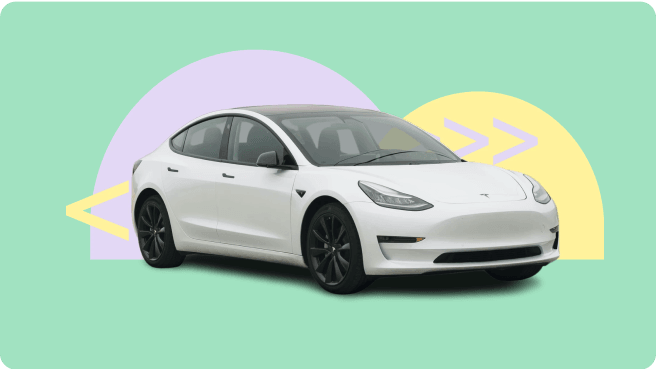

.png)




